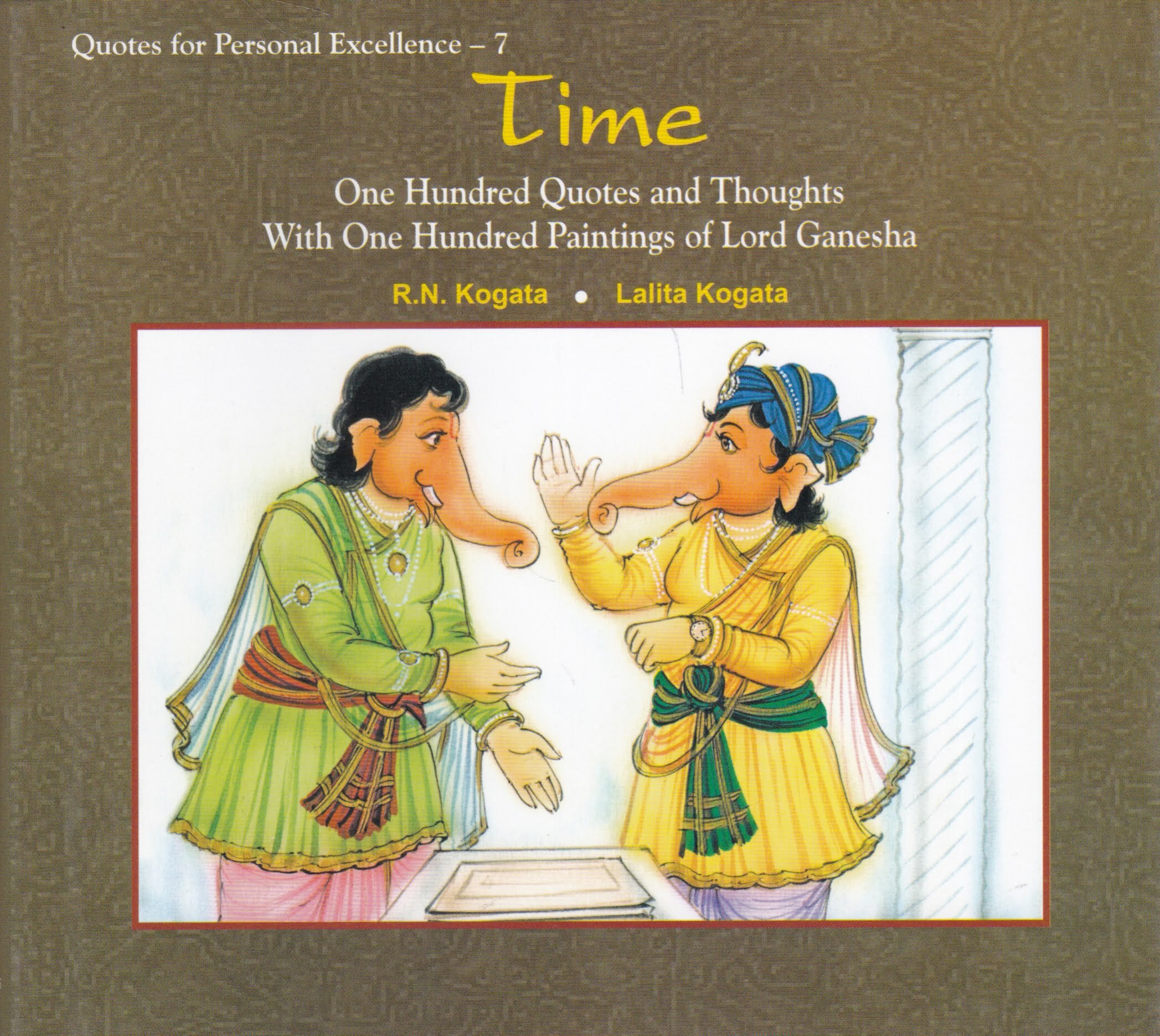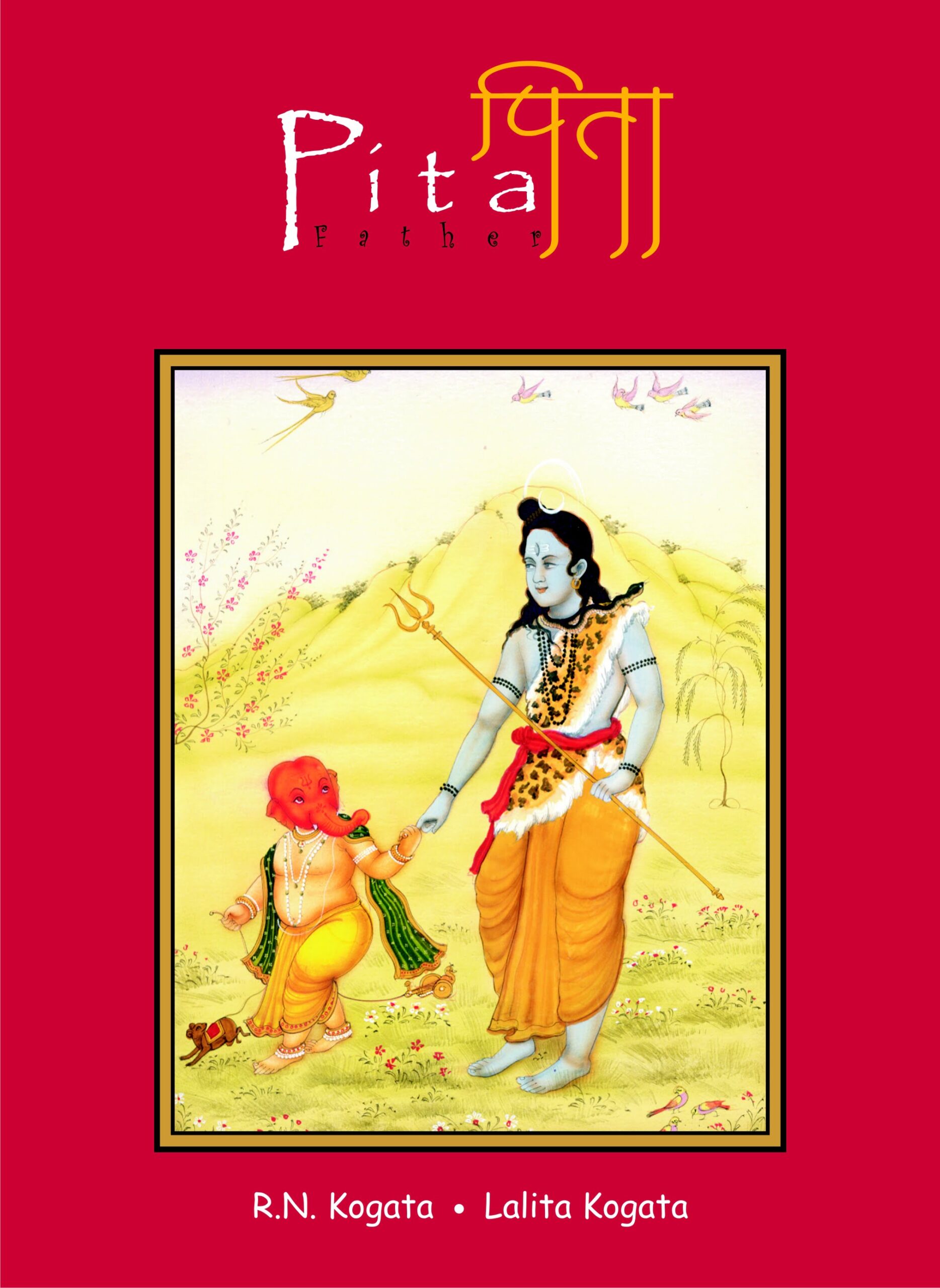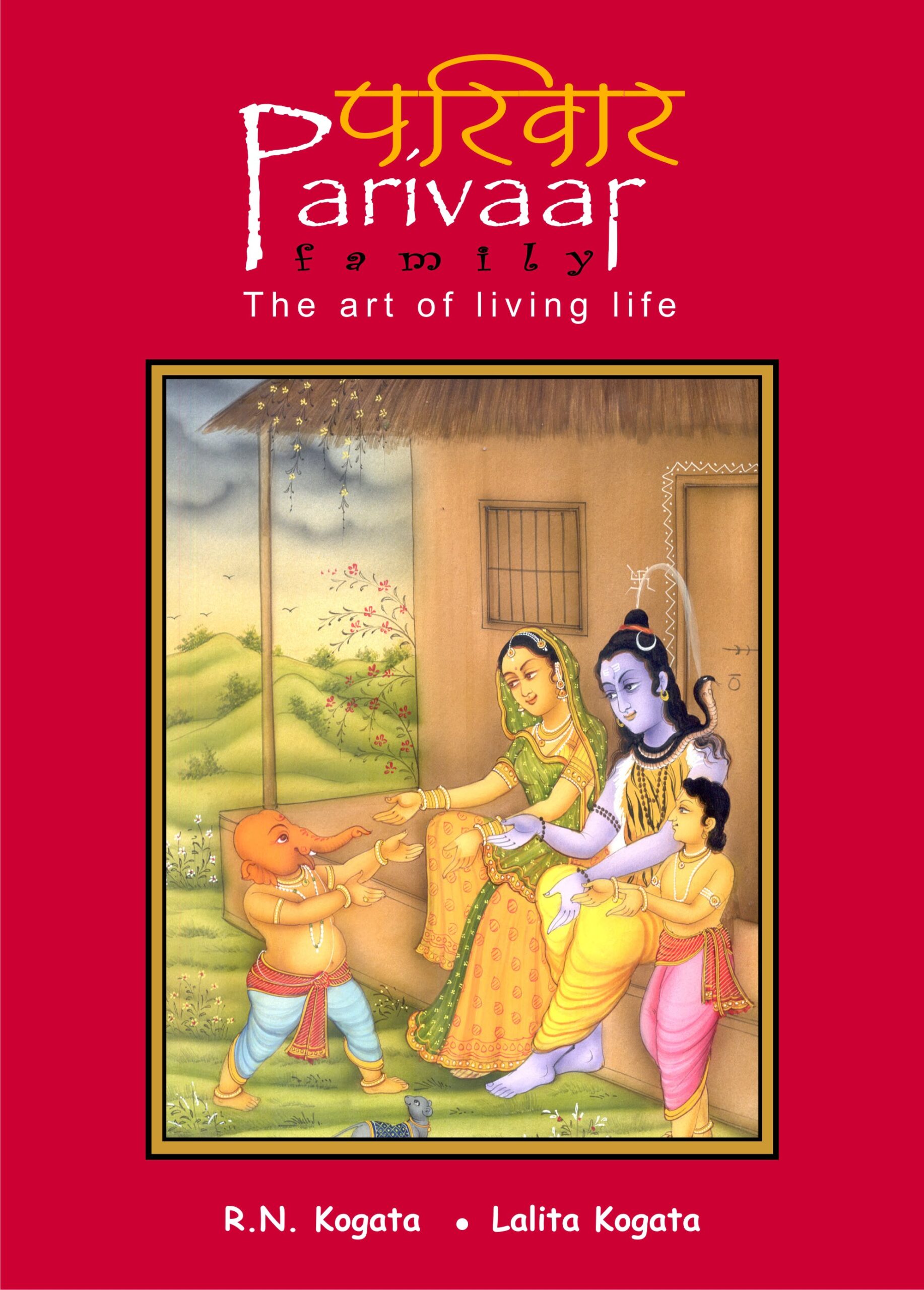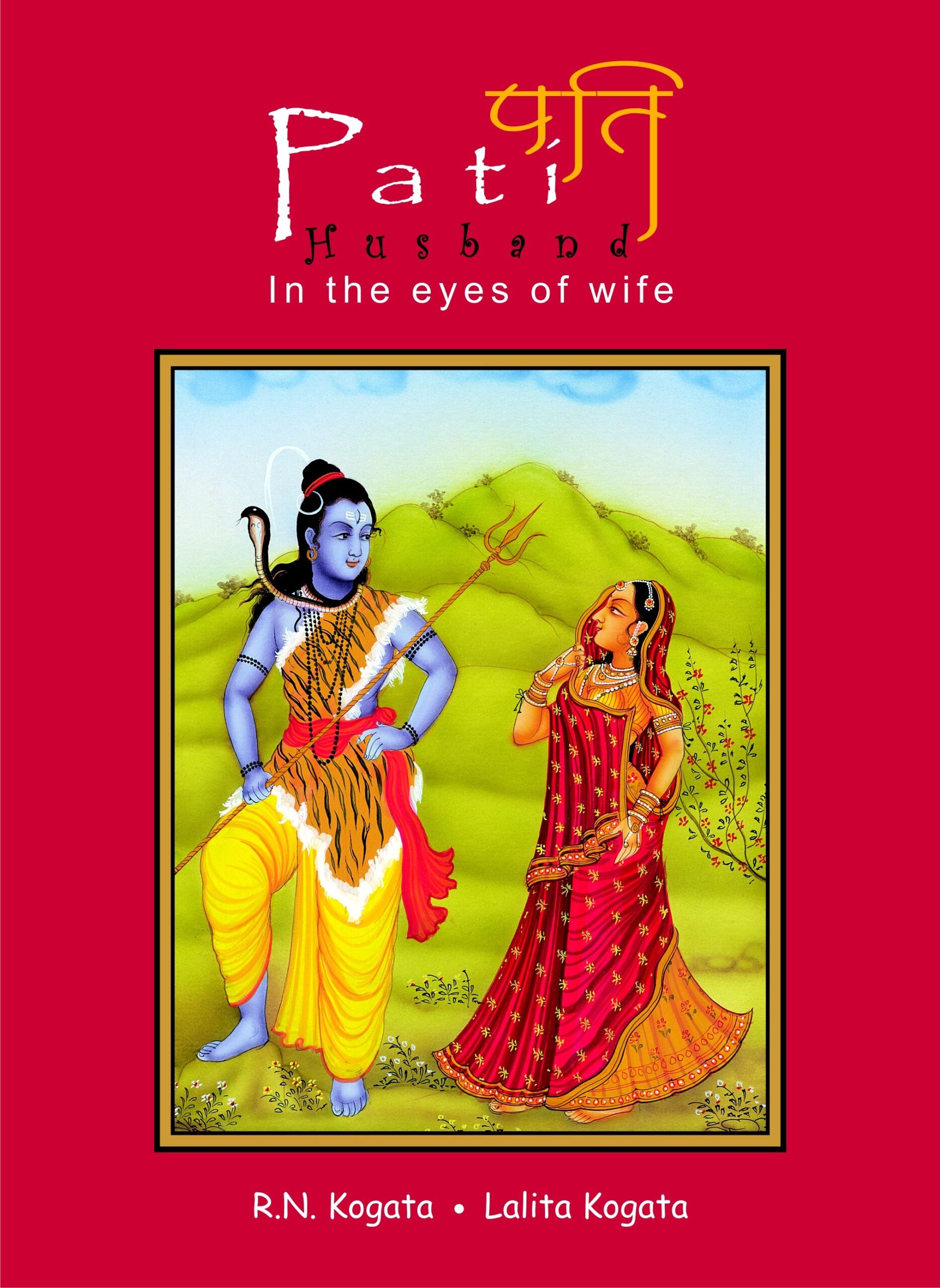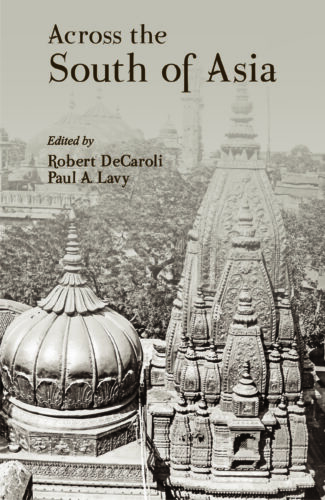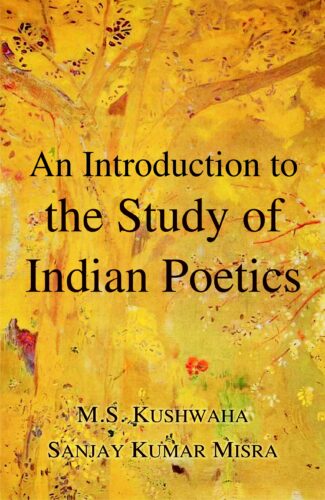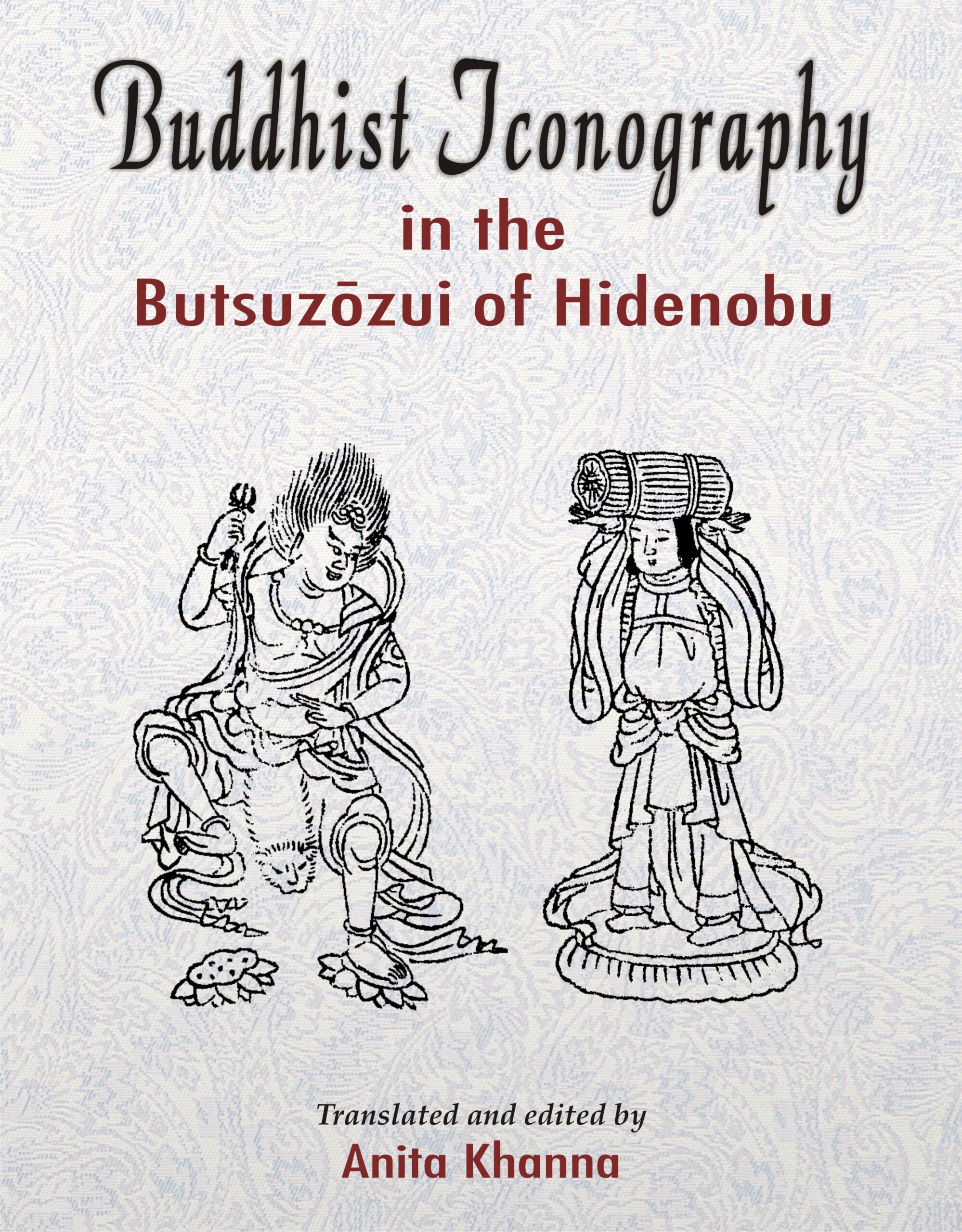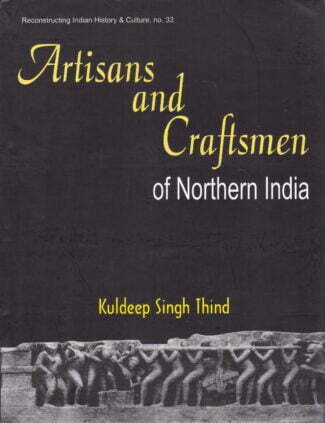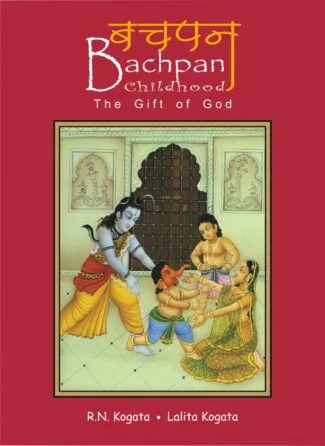
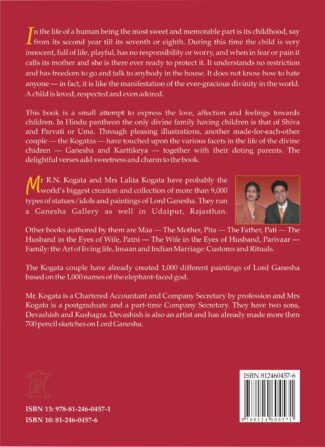
Bachpan-Childhood...
Bachpan-Childhood
The Gifted God by: R.N. KogataThis book is a small attempt to express the love, affection and feelings towards children. Through pleasing illustrations, the authors have touched upon the various facets in the life of a child. Delightful verses add sweetness and charm to the book.
₹180.00 Original price was: ₹180.00.₹162.00Current price is: ₹162.00.
ISBN: 9788124605967
Year Of Publication: 2011
Edition: 1st
Pages : iv, 28p.
Language : English
Binding : Paperback
Publisher: D.K. Printworld Pvt. Ltd.
Size: 24
Weight: 150
In the life of a human being the most sweet and memorable part is its childhood, say from its second year till its seventh or eighth. During this time the child is very innocent, full of life, playful, has no responsibility or worry, and when in fear or pain it calls its mother and she is there ever ready to protect it. It understands no restriction and has freedom to go and talk to anybody in the house. It does not know how to hate anyone — in fact, it is like the manifestation of the ever-gracious divinity in the world. A child is loved, respected and even adored.
This book is a small attempt to express the love, affection and feelings towards children. In Hindu pantheon the only divine family having children is that of Shiva and Parvati or Uma. Through pleasing illustrations, another made-for-each-other couple — the Kogatas — have touched upon the various facets in the life of the divine chidren — Ganesha and Karttikeya — together with their doting parents. The delightful verses add sweetness and charm to the book.

- Sale!Amarushataka by: Harsha V. Dehejia, Subhash Behelke, Prakriti Kashyap, Uday Indurkar, Narmada Prasad Upadhyaya,
₹3,500.00Original price was: ₹3,500.00.₹3,150.00Current price is: ₹3,150.00.Amarushataka is considered to be one of the finest poetic creations in Sanskrit in ancient India and is a watershed development in the genre of Shringara Rasa. We do not know who the poet Amaru was, but a number of legends abound and it is believed that he lived in the seventh century. In Amarus poetic gems love is not measured but experienced, it is not evaluated socially but felt in the deepest recesses of the mind and heart. He paints the varied moods and nuances of love with words that evoke vivid colours and rhythms that are sonorous with music. Amarushataka basks in a sunlit space, fragrant with the aroma of love, brilliant with the hues of a throbbing heart and within the minute compass of the few lines of a verse we are privy to a whole universe of romance. Amarus lovers inhabit a non-descript space, so that our attention is entirely on them and not on the surroundings. Amarus lovers are driven by desire, devoid of guilt, finding their fulfilment in a passionate embrace or a loving gaze. Using traditional Prakrit romantic idioms Amaru prepares us for the feast both for the eyes and the ears that is to follow, for the muktakas of Amaru create an emotionally charged world, where every nuance of romantic love is explored, where the pangs and pleasures, pathos and poignancy, of amorous dalliances are sensitively portrayed, where neither the restraint of dharma nor the restriction of samsara is allowed to interfere with a glorious celebration of love. Whatever its origins, for 1,300 years this work has retained its reputation in India as one of the foundational collections of poetry. Poets and critics still use its verses as a template against which to consider other poems. Such was the impact of Amarushataka, especially in Malwa of the seventeenth century, that it was transformed into miniature paintings in the evocative Malwa style. The one room chamber with strong monochromatic colours and robust figures marks the painting. The book also traces the history of Malwa painting. An interesting side light of the book is an attempt to demonstrate that the verses of Amaru were also perhaps responsible for amorous sculptures in Khajuraho and other temples. The book is richly illustrated, has the verses of Amaru in Sanskrit and English and is a source book of Shringara Rasa for scholars and students alike.
- Sale!Across the South of Asia by: Robert DeCaroli, Paul A. Lavy,
₹1,700.00Original price was: ₹1,700.00.₹1,530.00Current price is: ₹1,530.00.All too often, modern scholarship limits its scope according to the boundaries of contemporary nations and current geopolitical borders. Academic expertise frequently ties itself artificially to these pre-defined spaces and in so doing often does a disservice to the past. It is no great revelation to point out that people of the past defined the limits of their political and cultural reach in ways that were very different from those found on modern maps. Ancient rulers, merchants, and priests understood the reach of their influence and defined foreignness in ways that would be deeply unfamiliar to those only knowledgeable of the modern world. Yet, despite the well-recognized truth in these observations, it is still relatively rare for scholars to research in ways that transcend modern boundaries.
This collection of essays invites readers to take a broad view of South Asian art and culture by providing a wide geographic and chronological scope. The articles are united only by their focus on art historical and archaeological concerns and their concentration on South Asia ranging from Afghanistan to the island kingdoms of Indonesia. Each essay on its own constitutes a solid, well-grounded academic study, but taken collectively they provide a wide and inclusive view of issues of art and material culture that span the region and invite comparison.
By taking this approach, this volume is a tribute to Prof. Robert L. Brown whose lifetime of teaching has always emphasized connections as well as differences. Over his professional career, he has trained a large cohort of students (many of whom are contributors to this volume) whose expertise truly does reach across the south of Asia. - Sale!An Introduction to the Study of Indian Poetics by: Mahesh Singh Kushwaha, Sanjay Kumar Misra,
₹600.00Original price was: ₹600.00.₹540.00Current price is: ₹540.00.The book aspires to do for Indian poetics what Hudson’s book, An Introduction to the Study of English Literature did for English literature, though in a totally different manner and style. It provides the student with the essential knowledge about almost all aspects of Indian poetics. Based on the original Sanskrit sources, it presents the necessary information lucidly in precise and clear terms. Each chapter is self-contained and complete in itself, with explanatory notes, and a bibliography of relevant works. The Sanskrit terms used in the text are invariably explained or provided with English equivalents.
For quick reference, “A Glossary of Sanskrit Literary Terms” is given in the Appendices, which contain also “A List of Noted Indian Poeticians (including commentators) and Their Works” and “Notes on Major Texts in Indian Poetics”.
This handy volume, with its unique features, will prove invaluable to those who are going to embark on the study of Indian poetics, especially the ones who have no Sanskrit background. To a devoted student, it will prove a useful companion during his/her further studies. - Sale!Buddhist Iconography in the Butsu-zo-zui of Hidenobu by: Anita Khanna
₹1,100.00Original price was: ₹1,100.00.₹990.00Current price is: ₹990.00.The volume presents the Buddhist iconography of Japan as depicted in the Butsuzozui, a collection of iconographic sketches of various Buddhas that falls under the genre of Zuzo collections of iconic drawings in black and white. Inspired by the Chinese style of paintings called Paihuo or Hakubyo, the over 800 sketches presented here bear reference to the landmark work of this genre compiled in ce 1175 under the title of Besson Zakki and are arranged on the basis of the treatise of the Shingon sect of Buddhism. Butsuzozui presents Buddhism as it has been adapted in Japan, with the collections of Buddhist icons divided into five parts. It contains the list of sources, especially the scriptures. It deals with the Chinese icons of Fudaishi and his sons Þ the laughing Buddhas; sketches on the birth of the historical Buddha, his search, sambodhi and parinirvana; the nine categories of Amida and the classification of the Seven Buddhas of healing (Shichi Yakubutsu). It introduces the amalgamation of Buddhist and the native Shinto deities, a unique feature of Japanese Buddhism. The sections that follow expand the list of the protector gods associated with the Japanese beliefs and the different historical personalities associated with the various sects of Buddhism in Japan.
The volume will interest scholars of Buddhist religion and art. - Sale!Artisans and Craftsmen of Northern India by: Kuldeep Singh Thind
₹1,100.00Original price was: ₹1,100.00.₹990.00Current price is: ₹990.00.The basic aim of the book is to expose the major contributions of artisans and craftsmen in portraying the society in different perspectives. These artisans and craftsmen, were drawn mostly from the shudras, lower caste of the community, suppressed and have-nots section of the society, but were highly talented. The work is also designed to create interest among the reader and scholars alike, to understand the society of the period under reference through the immortal art of these creative people. The artisans such as potters, weavers, carpenters, architects, sculptors, brick-makers, metallurgy and metal workers, leather workers, painters, and the workers engaged in the profession of ivory, glass and mirror, perfume and cosmetic, musical instrument, oil, salt and liquor makers, etc. were the heroes of that time, who not only met the day-to-day requirement of the then society, but also portrayed different aspects of their life, in its true color, through their workmanship. It was the architect who designed and constructed houses to live in, as well as water tank, well and channel, royal building, stupa, temple and fort, bridge, pillar and rock-edict etc., which met the need of the society.
Today, we feel proud of the rich heritage of old Indian art and architecture, credit for which solely goes to the then artisan who crafted immortal creations. However, the invaluable contribution made by the historians in immortalizing their creations, by putting them in black and white, is no less important. It is the historian, whose mighty pen has immortalized not only Ashoka the great, as a king but also the creators of the stupas of his times on equal footings. It is with this aim in view that the present book has been presented to the posterity, in order to pay rich tributes to the creators of our rich cultural heritage.
Unluckly there was no proper institutionalized provision for the education of artisans and craftsmen, so generally the former adopted the occupation of their parents and hereditary skill was enhances as it was transferred from father to son, and generation to generation. Contemporary sources reveal that the social stautus of artisan class was based on the nature and economic conditions of a particular profession.



